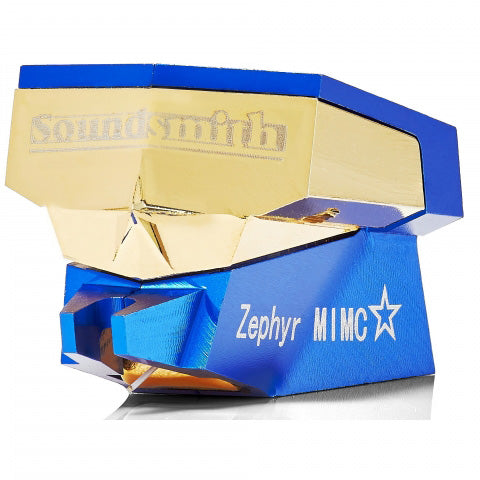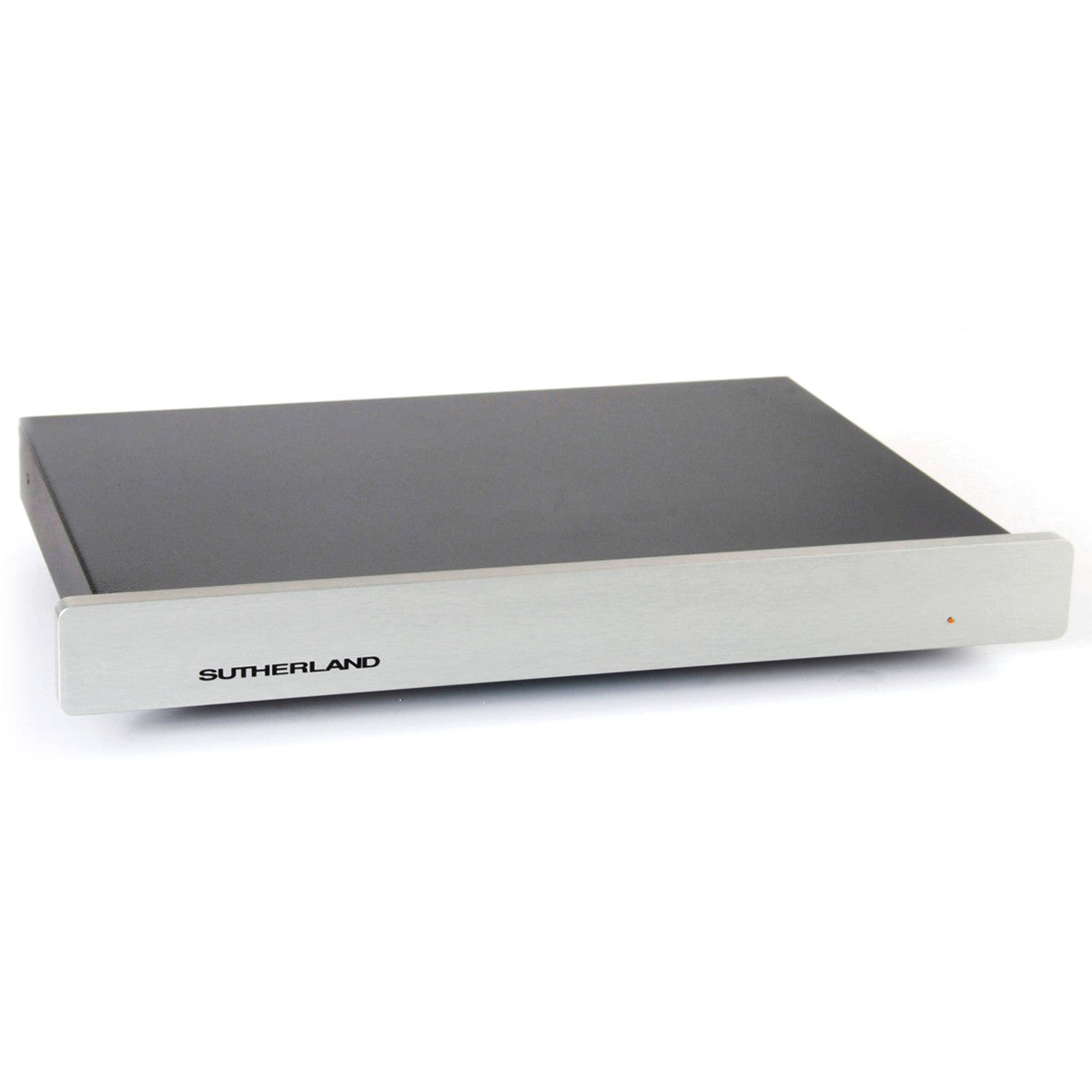An Analog Adventure with Audio Advice Founder, Leon Shaw


 Home Theater
Show links
Home Theater
Show links
 Speakers
Show links
Speakers
Show links
 Components
Show links
Components
Show links
 TVs & Projectors
Show links
TVs & Projectors
Show links
 Seating & Furniture
Show links
Seating & Furniture
Show links
 Acoustic Treatments
Show links
Acoustic Treatments
Show links
 Cables & Accessories
Show links
Cables & Accessories
Show links
 Featured & Deals
Show links
Featured & Deals
Show links
 Home Audio
Show links
Home Audio
Show links
 Speakers
Show links
Speakers
Show links
 Components
Show links
Components
Show links
 Cables & Accessories
Show links
Cables & Accessories
Show links
 Outdoor Entertainment
Show links
Outdoor Entertainment
Show links
 Acoustic Treatments
Show links
Acoustic Treatments
Show links
 Featured & Deals
Show links
Featured & Deals
Show links
 Turntables
Show links
Turntables
Show links
 Turntables
Show links
Turntables
Show links
 Phono Cartridges
Show links
Phono Cartridges
Show links
 Phono Preamps
Show links
Phono Preamps
Show links
 Record Cleaning & Care
Show links
Record Cleaning & Care
Show links
 Isolation Systems
Isolation Systems
 Cables & Accessories
Show links
Cables & Accessories
Show links
 Featured & Deals
Show links
Featured & Deals
Show links
 Headphones
Show links
Headphones
Show links
 Headphones
Show links
Headphones
Show links
 Headphone Amps & DACs
Show links
Headphone Amps & DACs
Show links
 Featured & Deals
Show links
Featured & Deals
Show links
 Smart Home
Show links
Smart Home
Show links
 Deals
Show links
Deals
Show links

I started thinking about it the other day -- Over my lifetime, I’ve had around twice as many turntables in my house as I’ve had cars in my garage (or actually parked outside, I did not have a garage most of my life and now it’s full of other stuff!) My first one was a Lenco L75 -- a beautiful model that turned out to sound awful. It appears these classic idler wheel designs of the early 70s are in demand, though. I think I paid around $60 for it in 1972 and I see them today on eBay for as high as $500 (and they still sound bad).
I went through a few more before I landed my first good one -- a Rega Planar model. By then, I had figured out that flashy gadgets seemed to always equal bad sound, while basic and simple equaled good. Funny how that applies to a lot of things in life.
The longest running table that I still have is a classic Linn LP12. It’s sitting in the room where I like to read, relax, and listen to headphones. Recently, my fascination with home theater and streaming Hi-Res music had put my analog hobby on the back burner. Everything has its time and place, so a few months ago, I was walking past a used record store in Asheville, NC and it drew me in. As you probably know, it’s next to impossible to walk out of one empty-handed! I decided it was time to dive back into the analog waters again.
The VPI Prime, with its 3D printed tonearm, had fascinated me since its release. Audio Advice was one of the very first VPI dealers in the whole country. Their first product was called a Magic Brick, designed to sit on top of transformers to reduce noise. Next, they came out with a turntable isolation base you could put your turntable on top of. From there, they started cutting out a version of those bases for some of the popular turntable drive systems available way back then, like the Denon DP80. Eventually, VPI developed their own belt drive turntable: the VPI HW19. This became one of the most popular turntables ever at Audio Advice. I had owned one with a Magnepan tonearm back in the late 80s.

The Sutherland phono preamps start at just over $1,000 and go up from there. I decided to go a little overboard for this rig and got the Sutherland Duo, which is made up of two boxes, one for each channel. One thing I have always loved about the Sutherland phono stages is their flexibility on both cartridge loading and gain. If you are into moving coil or moving iron cartridges, you probably understand that cartridge loading can make a big difference in the sound. With the Sutherlands, it is so simple to change this. You simply take off the cover and move some jumpers around. While this may not sound super simple, it’s very easy compared to ones where you have to insert resistors!
I got everything home and decided I was going to dedicate a Saturday afternoon to getting things all set up. The VPI Prime is a beast. If you’ve read my review, you saw the motor housing alone weighs more than a lot of turntables!
Setting up the unipivot arm was actually a lot of fun if you are into making precision adjustments! A unipivot arm not only moves freely up and down and side to side like all tonearms but also rotates left to right. This has the advantage of allowing your cartridge to really follow the grooves of the record, but the disadvantage is much more time in setup. You want your cartridge to be parallel to the grooves, which you can do by eye, but a test record and measurement device will get you a lot closer. I used a gadget called a Fozgometer to get the azimuth adjusted properly. You play a test record with a tone for each channel. The Fozgometer measures the output and you adjust the azimuth until they are the same.
After a couple of hours, I was finally ready to listen. My system the turntable would be playing through consisted of Vandersteen 5 speakers, an Ayre VX5 power amp, Datasat RS20i preamp/processor, and all Transparent Reference level cables. I put on an old Mobile Fidelity Cat Stevens’ Tea for the Tillerman LP and dropped the stylus. Have you ever had that build up for something you thought was going to be great and it turned out to be just average? Well, that was my initial reaction. I played a couple of more records and came to the conclusion that this was ok, but not great. I called my buddy Ivan and he (as I thought he would say) said I needed to break in the cartridge. So I put a record on and just let things run in the outer groove to break it in. After about a week and a half, I tried again, and yes, things were better, but I was just not blown away like I was hoping to be.
Fortunately, I had recently read a review from Michael Fremer about a cartridge from Soundsmith, a product line Audio Advice did not carry. Soundsmith cartridges are all of the moving iron variety. I did a little research on this brand and found out they had been around for 30+ years making great cartridges in upstate NY. I decided to order the one Fremer had tested (which was about ¼ of the price of the one I was testing out).
Three weeks later I was setting up the new Soundsmith Zephyr MIMC Star on the VPI Prime. It took far less time this go round as I had the process down pat. I pulled out that same Cat Stevens, dropped the tonearm, and wow! From those first few seconds, I could tell this was something special! I had spoken to Peter at Soundsmith before I had installed the cartridge and he had advised me to play around with a couple of different cartridge loading settings (475 and 1,000). It did not take me long to decide on 1,000, and from there I was in vinyl nirvana. If you have been doing this as long as I have, every once in a great while, you get a product into your system that will cause your floor to be littered with records. You want to pull them out and play them faster than you can put them away! That was my reaction to this combination.
I was hearing a huge, 3-dimensional sound field, with deep, deep bass, a silky smooth extended top, and the tonearm/cartridge combination was just tracking through the record grooves with zero sense of distortion, even on the inner tracks. I think I played different tracks from about 25 records before I took a break.
After a few weeks of living with this combo, I wanted to try out a more reasonably priced phono stage that matched up better with the cost of the other gear. Once again it was a Sutherland, but this time his $1,400 Insight.
When you open up the Sutherland Insight, there is zero difference between the quality of the parts and build of the Insight and some of Sutherland's more expensive models. It is simply amazing for the money. After setting it up, I felt it was pretty close to the Duo, but was it as good? No. Bass extension was not as good, but still quite excellent. I felt the Duo also gave a more 3-dimensional image. But for around ⅓ the price of the Duo, the Insight is a great value.
If you are considering upgrading your analog rig, this is one heck of a great combination! We've listed the products at the bottom of this page and they are all available for purchase in our stores in Raleigh, Charlotte, and Wilmington or right here on our website.
Every single piece is designed by people who have been doing analog for decades. Every single piece is made in the USA. The combination of the VPI Prime turntable, Soundsmith Zephyr MIMC Star cartridge, Transparent Phono cables, and the Sutherland Insight phono stage creates a result that is far greater than the sum of its parts. It will make you start pulling out your records like I did!
Or, if you want to just upgrade one part of your analog signal path, I highly recommend you look to these great brands as there are many options from VPI, Soundsmith, and Sutherland to improve your system. I hope you have as much fun as I’m having!

You'll be among the first to know about product launches, exclusive online deals, and the hottest audio trends.
8621 Glenwood Ave
Raleigh, NC 27617
919.881.2005
11409 Carolina Place Pkwy
Pineville, NC 28134
704.821.4510
5732 Oleander Drive
Wilmington, NC 28403
910.392.1200
support@audioadvice.com
888.899.8776


